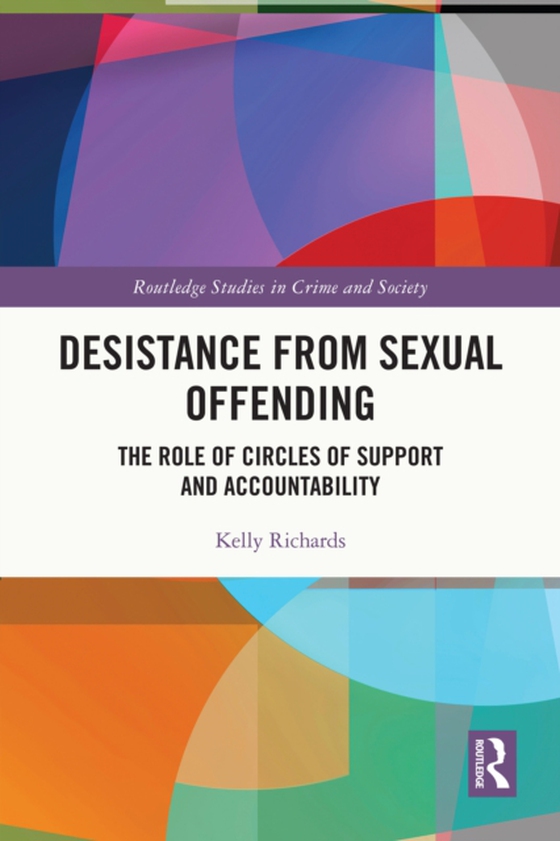
Desistance from Sexual Offending e-bog
435,46 DKK
(ekskl. moms 348,37 DKK)
This book explores how Circles of Support and Accountability can reduce sexual reoffending. The release of a notorious sex offender from prison strikes fear into members of the public. Media coverage often provokes further panic, casting such offenders as irredeemable monsters and ticking time bombs, destined to continue preying on innocent children and women. In the West, governments have resp...
E-bog
435,46 DKK
Forlag
Routledge
Udgivet
23 december 2021
Længde
182 sider
Genrer
History of scholarship (principally of social sciences and humanities)
Sprog
English
Format
pdf
Beskyttelse
LCP
ISBN
9781000513226
This book explores how Circles of Support and Accountability can reduce sexual reoffending. The release of a notorious sex offender from prison strikes fear into members of the public. Media coverage often provokes further panic, casting such offenders as irredeemable monsters and ticking time bombs, destined to continue preying on innocent children and women. In the West, governments have responded by enacting heavily punitive and exclusionary policies, such as public sex offender registers, indefinite detention, and lifetime correctional supervision. A radically different approach - Circles of Support and Accountability (CoSA) - emerged alongside these measures. CoSA are groups of trained volunteers who collectively resist the exclusionary impulse, instead actively supporting those with sexual offence convictions to reintegrate into communities. Despite their seemingly counterintuitive nature, the research is clear that CoSA reduce sexual reoffending far better than more popular draconian sex offender management policies. However, little is understood about how CoSA work.This book begins to address this gap by proposing a new way of understanding how CoSA reduce sexual reoffending. Drawing on 65 in-depth interviews with CoSA participants, it offers a new theoretically-informed empirical explanation of CoSA's capacity to promote desistance from sexual offending, and to turn those convicted of sexual offenders into law-abiding and productive members of the community. Ultimately it is a call to action, demonstrating that we, the community, must play a more central role in integrating people with sexual offence convictions if we desire safer communities for our children and our selves. This work illuminates new directions for research, policy, and practice, and is essential reading for academics and students engaged in the study of criminology and criminal justice, restorative justice, sexual violence, and reentry
 Dansk
Dansk

